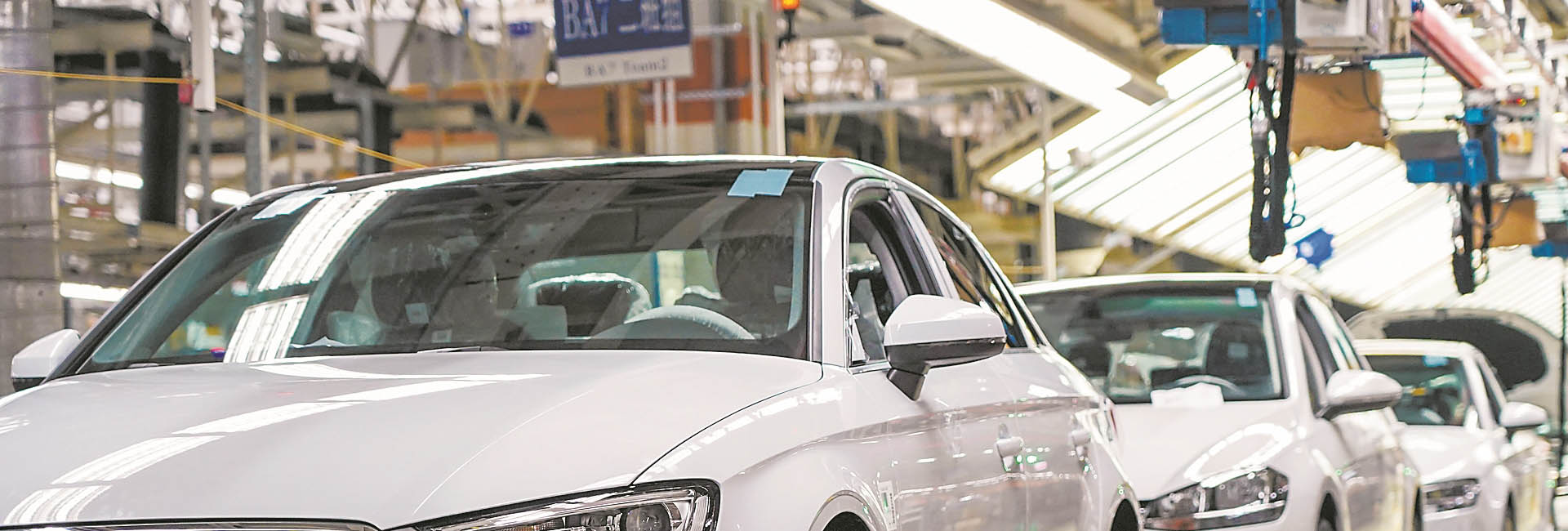When the automobile mould is used to process the workpiece, the mould and the surface of the material being processed contact each other and slide relatively, forming a pair of contact pairs or friction pairs. Because the material surface can not be completely flat, there is always a measured roughness, so the real contact only occurs on the micro-contact surface. The analysis of automobile die shows that the real contact area is only a small part of nominal geometric contact area, which results in large mechanical stresses in the contact area. These stresses will also be strengthened due to tangential relative motion, resulting in elastic or elastic-plastic deformation of rough surface bumps subjected to load, so that the adsorption or reaction layers on both surfaces of friction pairs will occur. The result is that the bond bonds exposed to the surface are more or less strengthened. This phenomenon is called adhesion.
When the friction pair of automobile die moves relatively, the atomic bonds will be separated from each other. The atomic bonds are not always broken at the original micro-contact, but may be broken near the surface layer of both sides of the friction pair. As a result, the material will be transferred from one side of the friction pair to the other side of the friction pair, which is called adhesion wear [1]. Experiments show that the surface of friction pairs with adhesive wear is very rough and there are pull injuries. The degree of wear is related to normal force, relative velocity between friction pairs and load parameters such as temperature. When the above load parameters exceed the critical value, the adhesive wear suddenly intensifies and the so-called gluing phenomenon occurs. In extreme cases, the relative motion between the friction pairs stops and the biting phenomenon occurs. From the above analysis, it can be seen that the phenomenon of pull or bite on the surface of workpiece during forming is the result of adhesive wear.



